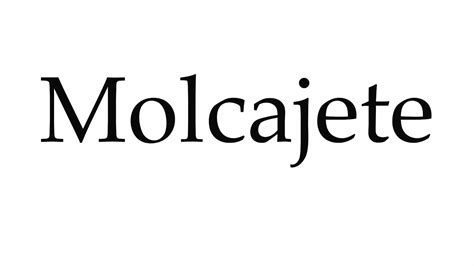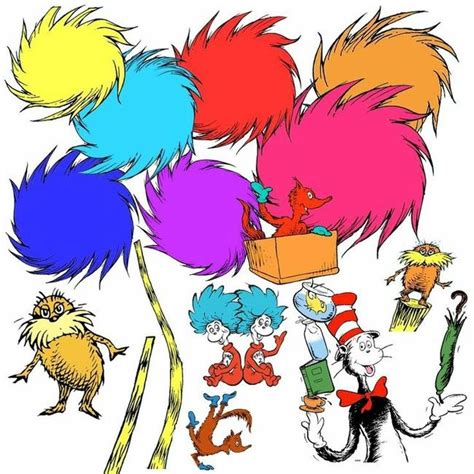The molcajete, a traditional Mexican cooking vessel, has gained popularity worldwide for its unique blend of culinary functionality and cultural significance. However, for those unfamiliar with Spanish pronunciation, the word "molcajete" can be somewhat challenging to pronounce correctly. The correct pronunciation of molcajete is moh-lkah-HEH-tay, with a subtle emphasis on the third syllable. Understanding the origins and cultural context of the molcajete can also enhance one's appreciation for this ancient tool.
Key Points
- The molcajete is a traditional Mexican stone tool used for grinding and mixing food, particularly spices and chiles.
- The correct pronunciation of molcajete is moh-lkah-HEH-tay, reflecting its indigenous roots.
- Molcajetes are made from volcanic rock, which provides a rough surface ideal for grinding.
- These tools have been used in Mexican cuisine for thousands of years, dating back to the time of the Aztecs and Mayans.
- Today, molcajetes are not only functional kitchen items but also symbols of cultural heritage and tradition.
The Origins and Cultural Significance of Molcajete
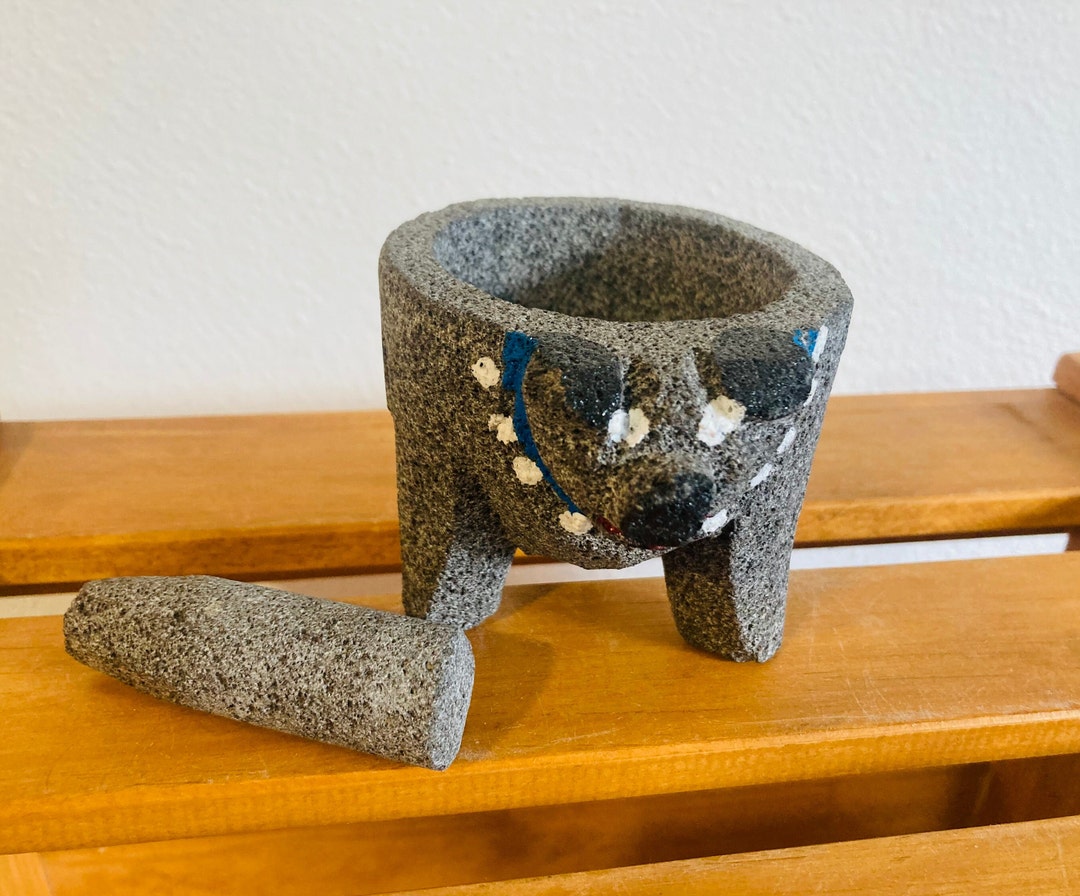
The molcajete has its roots in ancient Mesoamerica, where it was used by the Aztecs and Mayans for food preparation. The word “molcajete” itself comes from the Nahuatl language, spoken by the Aztecs, and translates to “mortar” or “place where things are ground.” This stone tool played a crucial role in the daily life of these civilizations, used for grinding corn, chiles, and other staples into flour, sauces, and spices. The tradition of using molcajetes has been passed down through generations, with each region in Mexico adapting its use to local culinary practices.
Molcajete in Modern Cuisine
Despite the advent of modern kitchen appliances, the molcajete remains a vital tool in traditional Mexican cooking. Its use extends beyond mere functionality; it is an integral part of the cultural and culinary identity of Mexico. Chefs and home cooks alike appreciate the molcajete for its ability to release the flavors and oils of ingredients in a way that electric grinders cannot. The process of grinding and mixing by hand also adds a personal touch to meal preparation, making the experience more intimate and meaningful.
| Traditional Use | Modern Adaptation |
|---|---|
| Grinding corn into flour | Making salsas and sauces |
| Mixing spices and chiles | Preparing mole and other complex sauces |
| Crushing herbs for medicinal purposes | Infusing oils and vinegars with herbs and spices |
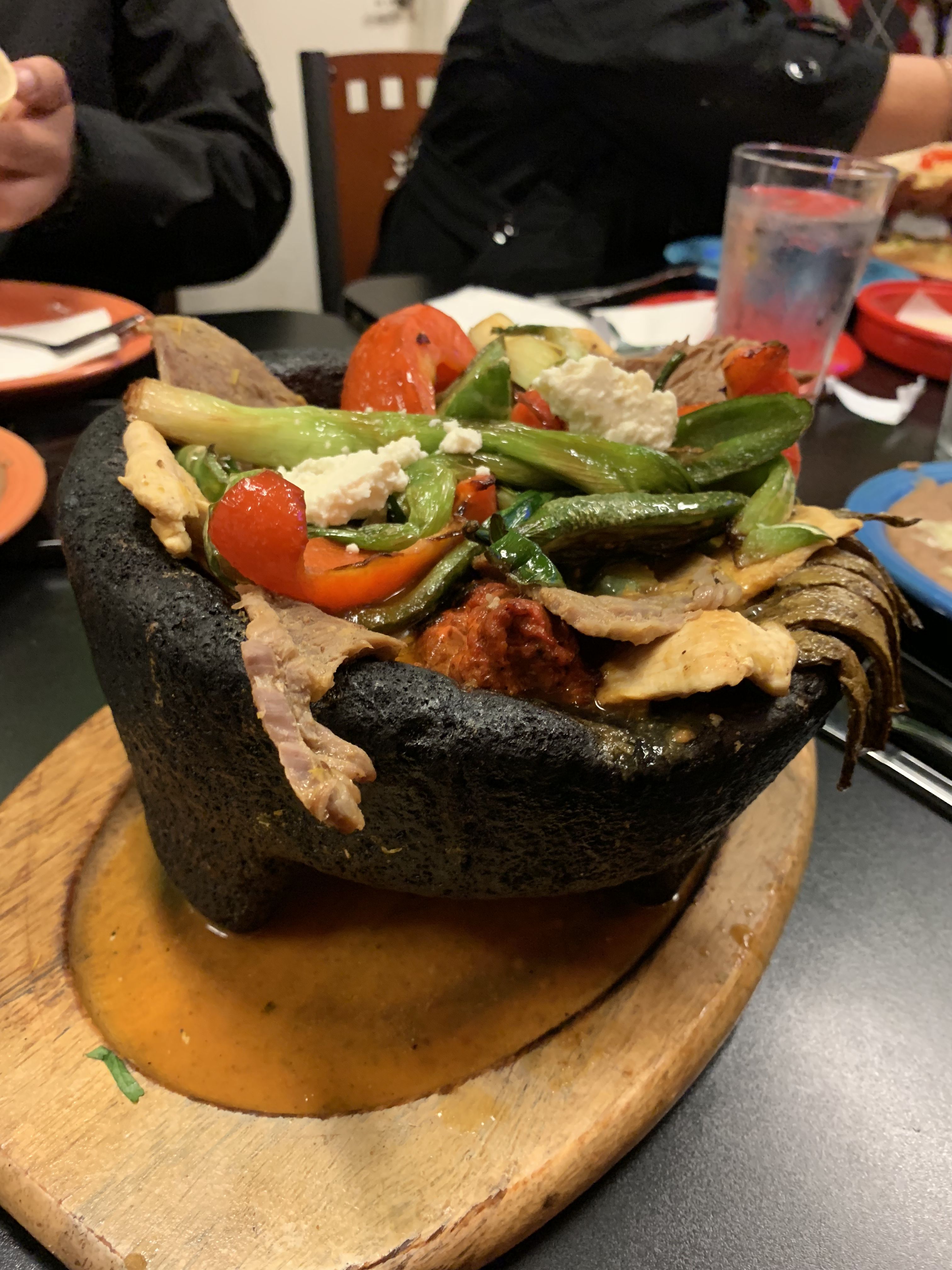
Pronunciation and Linguistic Insights
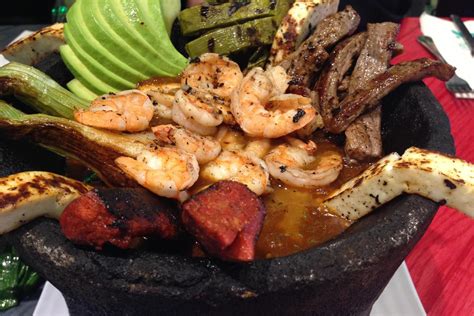
For non-Spanish speakers, mastering the pronunciation of “molcajete” can seem daunting. However, breaking down the word into its syllable components (mol-ca-jete) and emphasizing the correct syllable can help. The “j” in Spanish is pronounced as a soft “h,” which is why the “jete” part sounds like “HEH-tay.” Practicing the pronunciation alongside native speakers or listening to audio recordings can also improve one’s accent and intonation.
Linguistic Variations and Dialects
Like many words in Spanish, the pronunciation of “molcajete” can vary slightly depending on the dialect and regional accent. In some parts of Mexico, the emphasis might be slightly different, or the vowel sounds might be more drawn out. These variations are a natural part of language evolution and reflect the diversity of Spanish dialects across different countries and regions.
What is the traditional material used to make a molcajete?
+Molcajetes are traditionally made from volcanic rock, which is abundant in Mexico and provides the necessary texture for grinding.
How do I properly care for a molcajete to ensure its longevity?
+To care for a molcajete, avoid using soap or harsh chemicals, as these can damage the stone. Instead, rinse it with warm water after use and dry it thoroughly. Occasionally, you can season the molcajete with a small amount of oil to maintain its texture and prevent it from becoming too dry.
Can I use a molcajete for tasks other than grinding spices and chiles?
+Yes, a molcajete can be used for a variety of tasks, including making guacamole, salsa, and even as a serving dish for dips and spreads. Its versatility in the kitchen makes it a valuable tool for any cook interested in exploring traditional Mexican cuisine.
In conclusion, the molcajete is more than just a kitchen tool; it is a symbol of tradition, cultural heritage, and the richness of Mexican cuisine. Understanding its pronunciation and significance can deepen one’s appreciation for the culinary arts and the importance of preserving traditional cooking methods in a rapidly changing world.
